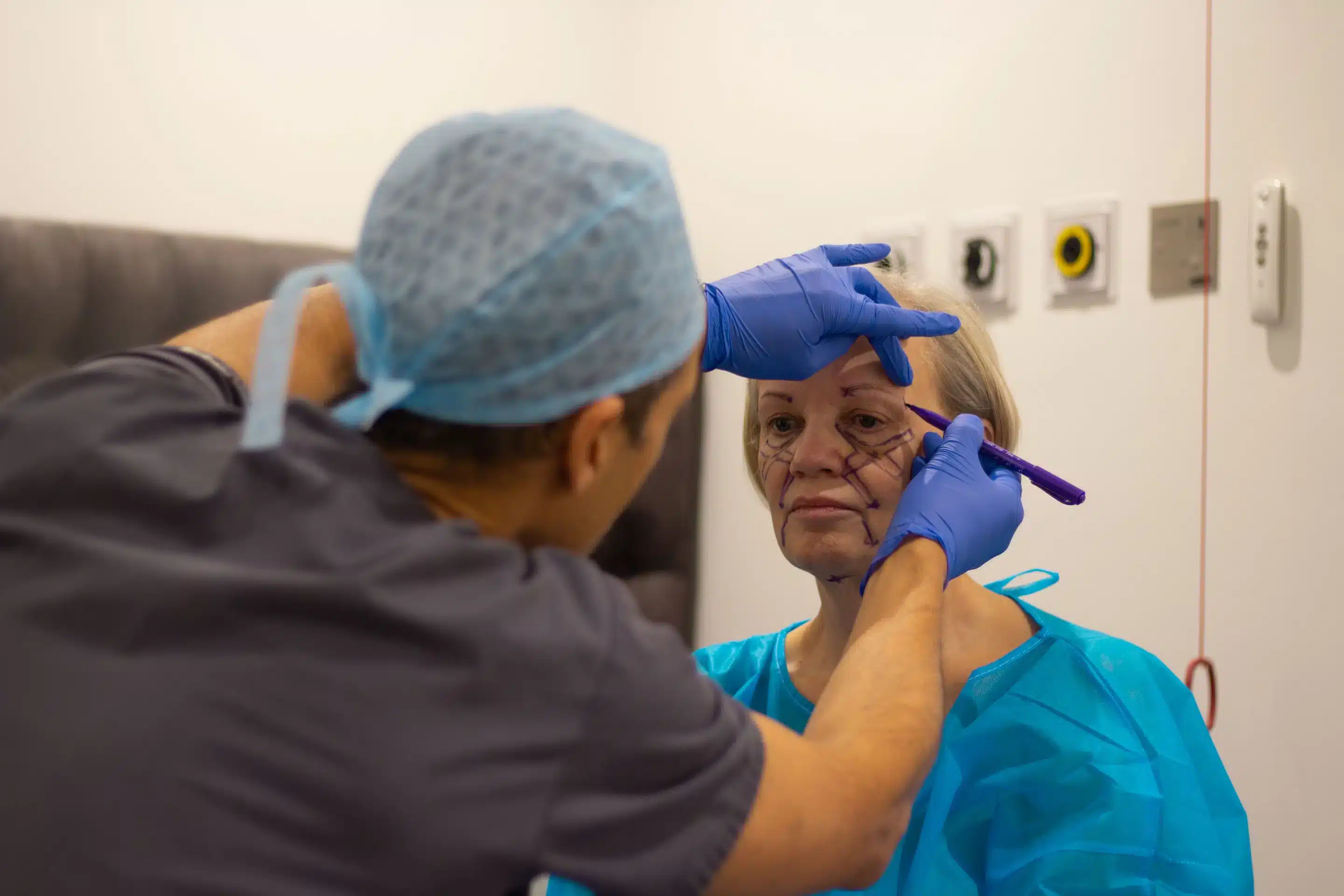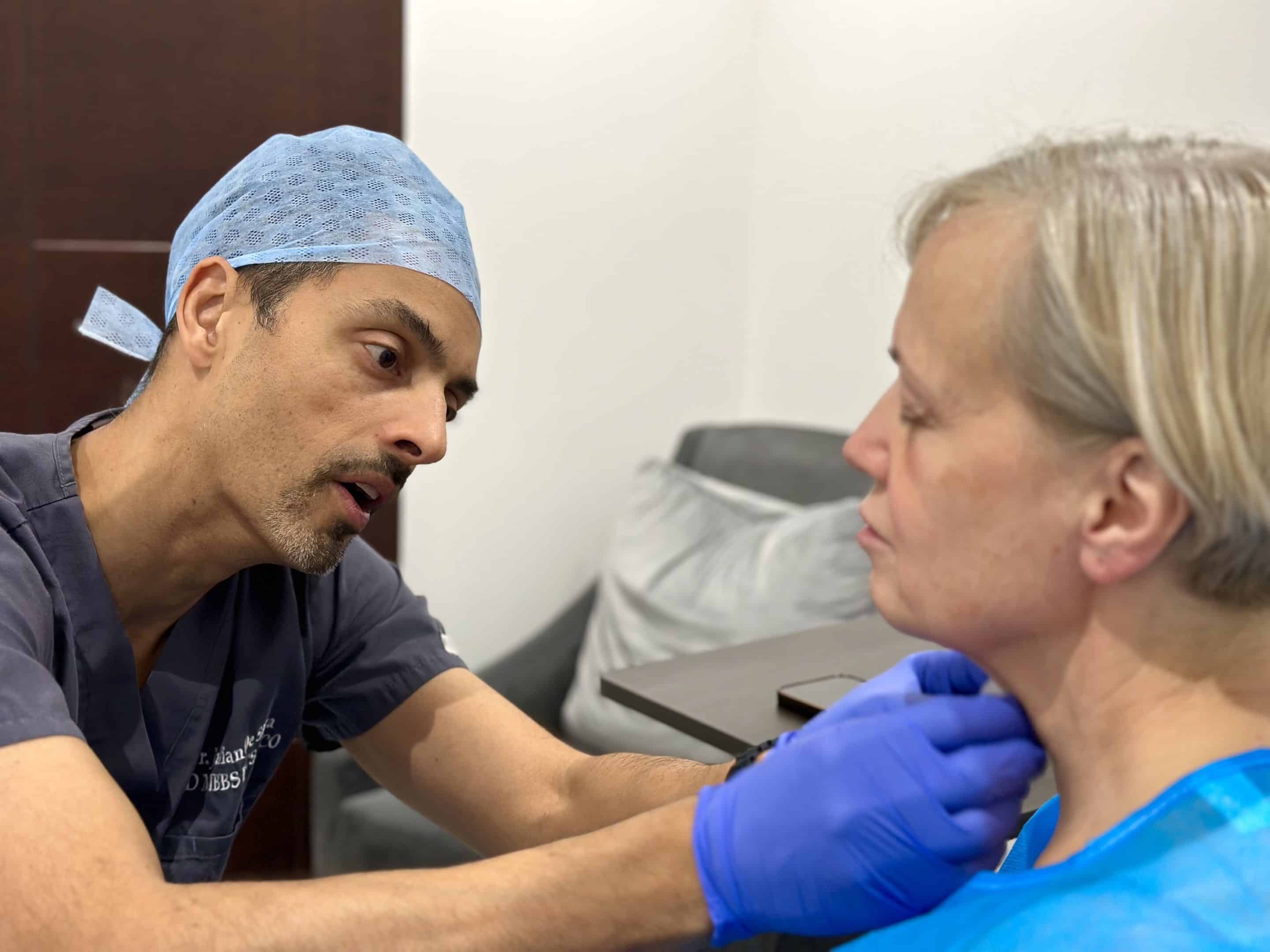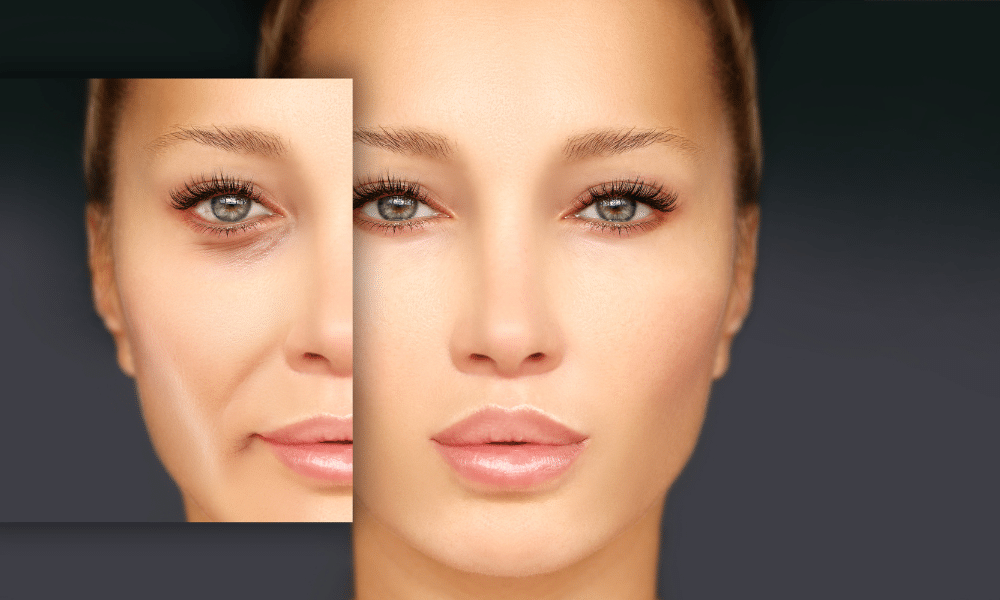
Do you want to look more alive? Does sagging skin on your eyes seem to block your vision? Lower blepharoplasty can help.
In this article, I will talk about lower blepharoplasty and how you can make recovery time easy and comfortable. I will also answer the most frequently asked questions about the said cosmetic surgery.
What Is Lower Eyelid Surgery?
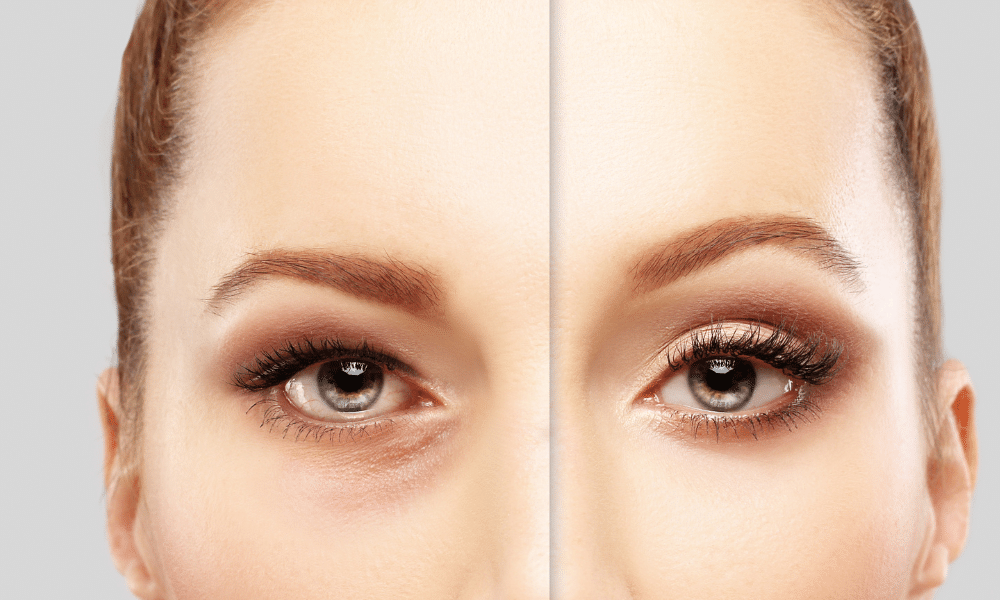
Also known as lower blepharoplasty, this lower eyelid technique improves the appearance of the lower eyelid through muscle or tissue tightening, excess fat removal, and skin excision. This procedure is performed to treat under-eye bags, drooping lower eyelids, under-eye wrinkles, and dark under-eye circles.
Both adult men and women looking for a younger, fresher look can undergo this treatment. While expectations and results vary per person, the procedure offers improvements across the face by reducing loose, sagging skin and puffy eye bags.
What Is Upper Eyelid Blepharoplasty?

Upper eyelid blepharoplasty, or eyelid lift, is a surgical procedure of the upper eyelid that removes protruding fat, bulges, and folded loose skin. These unwanted effects on the eyelids are produced by gravity, loss of skin elasticity, and thinning of the epidermis.
How Long Is Recovery From Lower Blepharoplasty?

Most patients are expected to feel well and fit to return to their physical activities during this period, but they should prepare to give the eyelids more time to heal and observe self-care.
However, some patients may take longer for social recovery after the expected healing period. Some patients might feel too conscious during social interactions due to the visible results of the procedure.
How Long After Blepharoplasty Will I Look Normal?

After the eyelid surgery, patients can expect bruising and swelling around the eye area between one to two weeks. In my patients, using sedation and regenerative medicine most patients do not have bruising, however there is approximately a 10-20% chance of bruising could still be visible in two weeks. However, these unwanted effects are mostly gone between one to three months. Patients already look normal by this time.
What Is the Fastest Way to Recover From a Blepharoplasty?
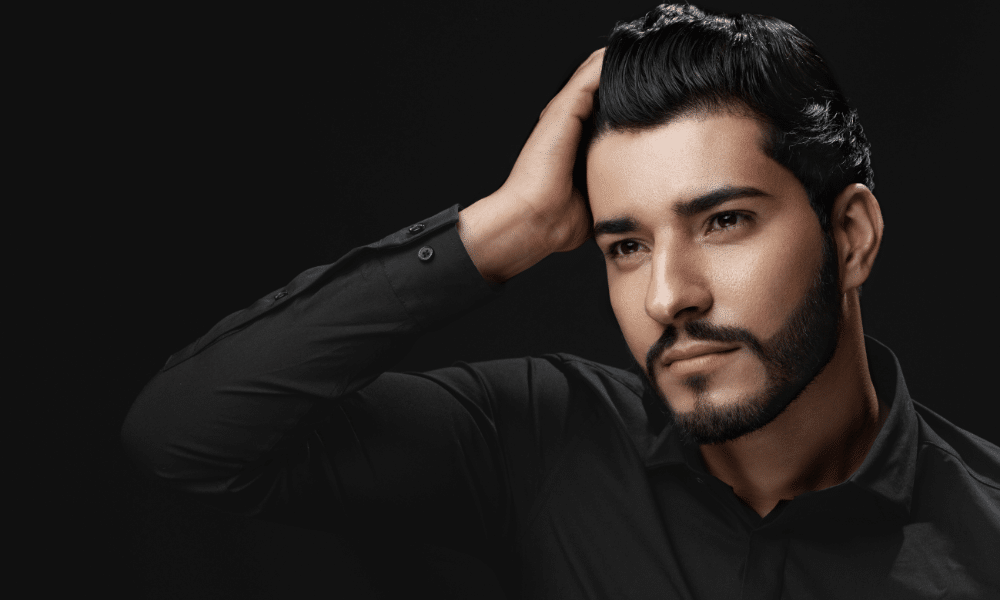
Recovering from blepharoplasty requires time and focus. The most effective way to speed up the recovery period is to arrange and cover your primary responsibilities ahead of the procedure.
Stock up on your food and home essentials beforehand and clear your schedule for up to two weeks. As much as possible, work with a family or friend in case of emergencies to focus more on healing.
Dr De Silva uses a combination of modern techniques to enhance recovery after surgery, a combination of oxygen, LED and regenerative medicine mean that most recovery is over the first 2 weeks, however if you have something very important like a birthday or wedding to attend they I advise have 6 weeks just in case.
Is Lower Blepharoplasty Surgery Painful?
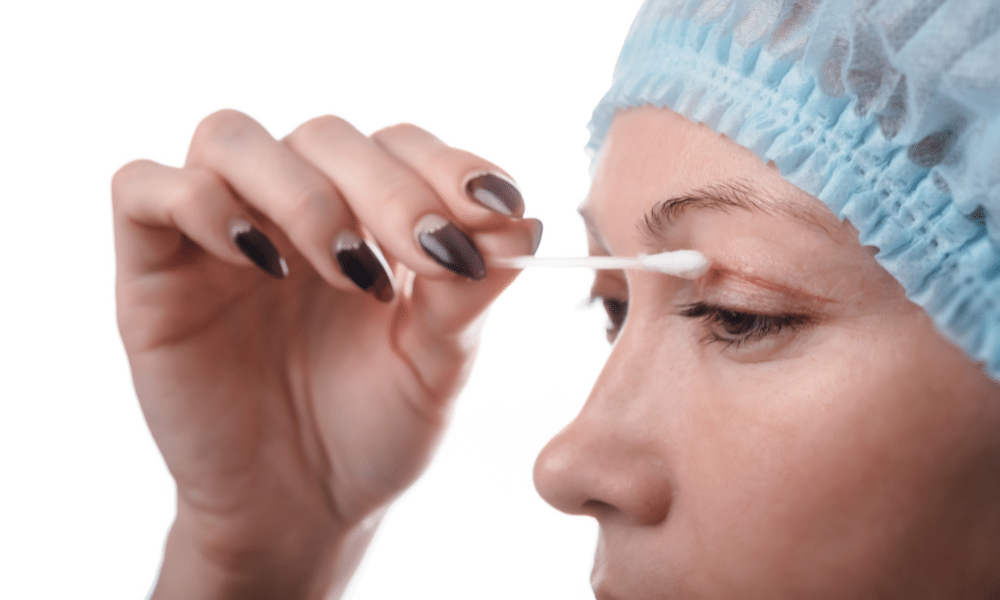
Pain is not a common factor in our patients have lower blepharoplasty. In the case of lower blepharoplasty, no deep cuts on your lower eyelid are required. Hence, the surgery will only affect the skin’s surface. Although we give all patients analgesia for the recovery period, more than 50% never use the medicine or use it only once.
Moreover, surgeons use anaesthesia for eyelid surgery depending on the degree of work needed, which means minimal to no discomfort is expected during the procedure.
Everything You Need to Know About Eyelid Surgery Recovery

Here’s everything you need to know about blepharoplasty recovery time and recovery process:
1. Consult about your self-care routine.
Consult your surgeon and their team about self-care instructions before the eyelid surgery. It differs from one patient to another, but your doctors know what routine works best for you.
Basics after blepharoplasty include keeping your head elevated, cool compresses or ice packs for the swelling, eye drops for moisture, antibiotic ointment for lubrication, and sterile gauze to dab on your surgical incisions if it oozes out.
2. Take time off.
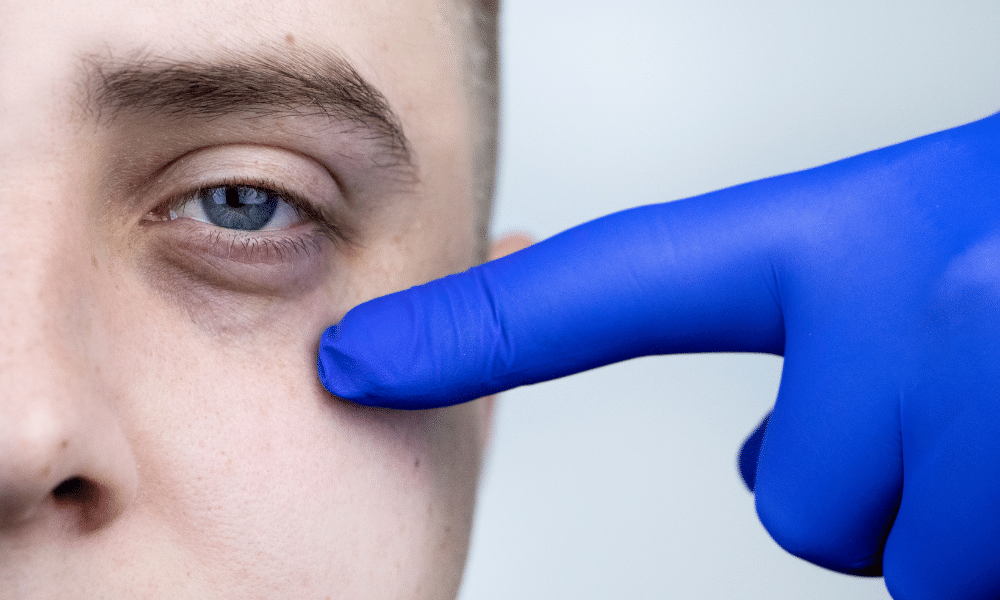
Ask a colleague, family, or friend to cover daily tasks you can’t do, and be ready to have someone to contact in case you need something urgent.
Your pantry should also be fully stocked. This way, you can focus more on healing and speed it up significantly.
3. Get plenty of rest.
You will feel tired easily during your recovery period. Rest is a crucial component of healing for the body, and this applies to your eyes too.
Aside from the quantity, the quality of your rest is also critical, so be sure to get a good night’s sleep to speed up the wound and swelling healing process.
4. Avoid intensive exercise and strenuous activities.
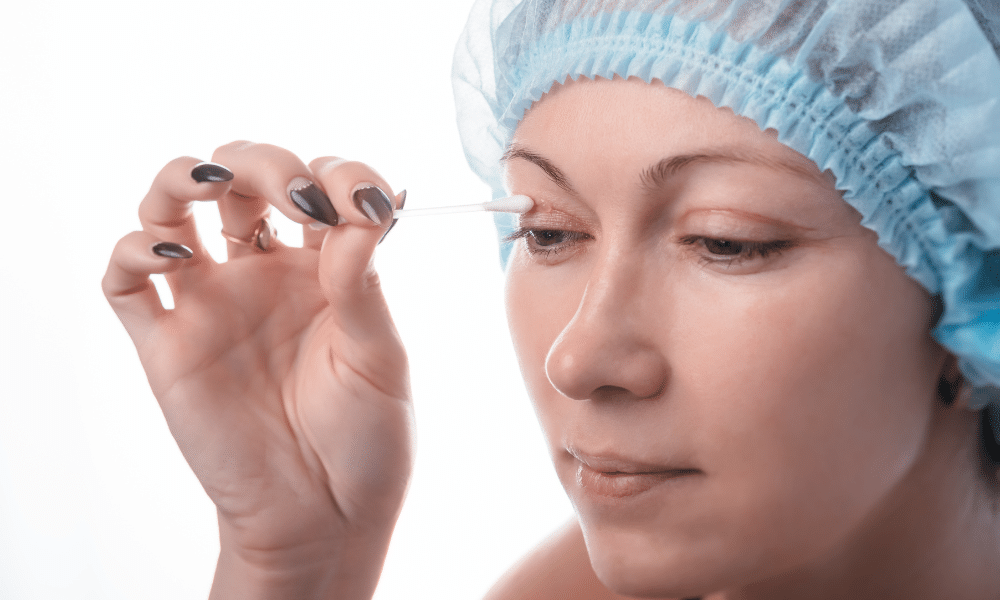
Avoid strenuous and heavy physical activities for three weeks during recovery. They increase blood flow and pressure in your head, which impacts wound healing around your eyes. Heavy lifting, jogging, running, aerobics, and bending are a few activities to skip during this time.
5. Protect your eyes from external elements.
Wind, sunlight, and other elements are very harmful to your eyes during recovery, so observe safety measures as much as possible. If you are required to go out, wear dark sunglasses and sunscreen to protect your eyes.
6. Stay relaxed.
Promoting proper recovery after your eyelid surgery requires stress-free environments. Avoiding stressors like work calls and emails is crucial for faster healing. You can also look into activities that require little to no eye activity and relax you the most, such as listening to calm music and audiobooks.
7. Cut on your device use.
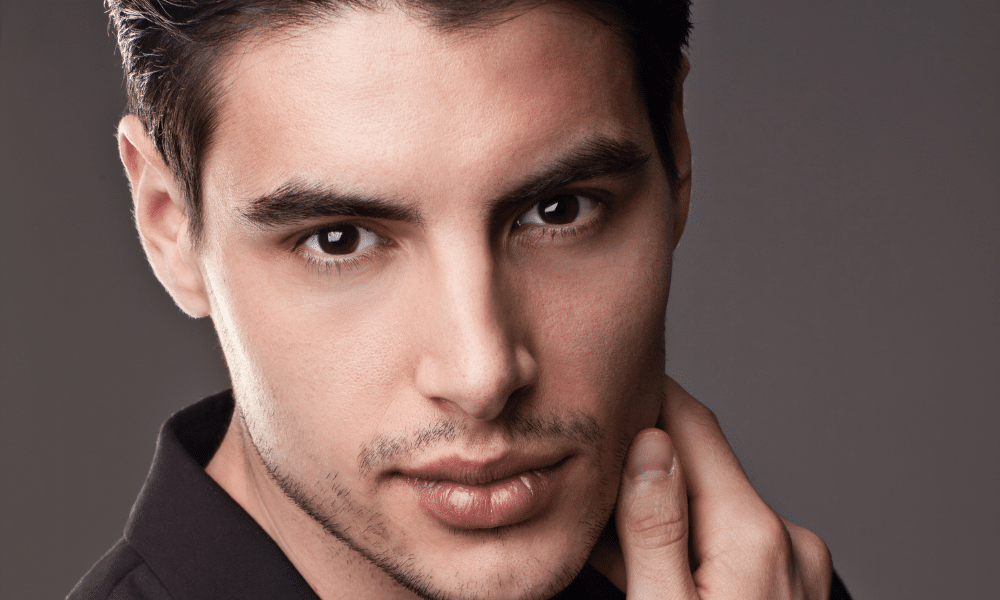
Computers, TVs, and mobile devices can strain your eyes quickly, so make sure not to spend long hours on the screen. You should also not wear contact lenses. These post-surgery activities can dry your eyes, affecting the healing process.
8. Stop smoking.
If you are a smoker, it’s a no-brainer to avoid smoking for this procedure. It stunts your healing and increases your risk of infection. It is recommended to avoid smoking at least six weeks before the eyelid surgery and the entirety of your recovery period of six weeks.
9. Sleep with your head raised.
During the first week after your surgery, sleep with your head raised. This reduces pressure on the surgery incisions.
Do I Need to Get Blepharoplasty Stitches Removed?
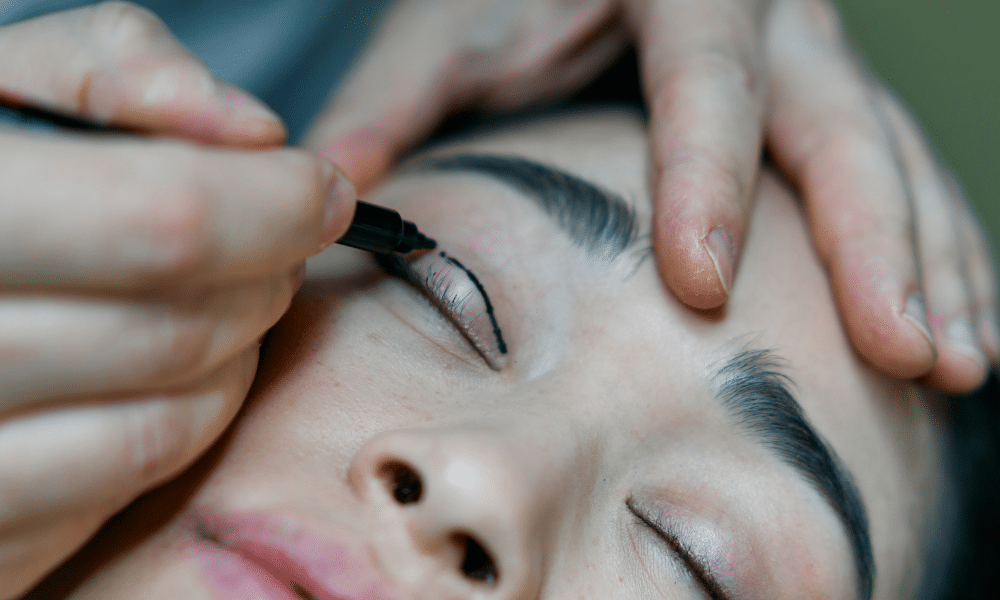
However, doctors may follow up to remove the sutures four to six days after the procedure. Depending on your healing characteristics, your doctor may require regular visits in the first two weeks to see your healing progress, adjust your aftercare routine, and entertain questions from you.
Is Lower Eyelid Surgery Worth It?
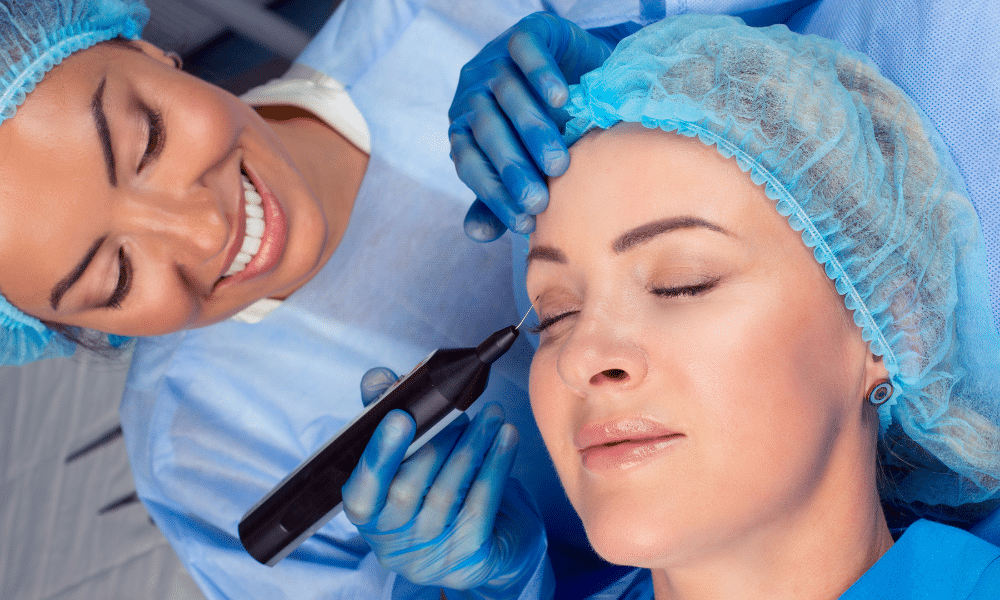
The dramatic facial improvements it provides are worth considering as a less intense surgery with a hassle-free recovery period.
What Is a Good Age for Blepharoplasty?
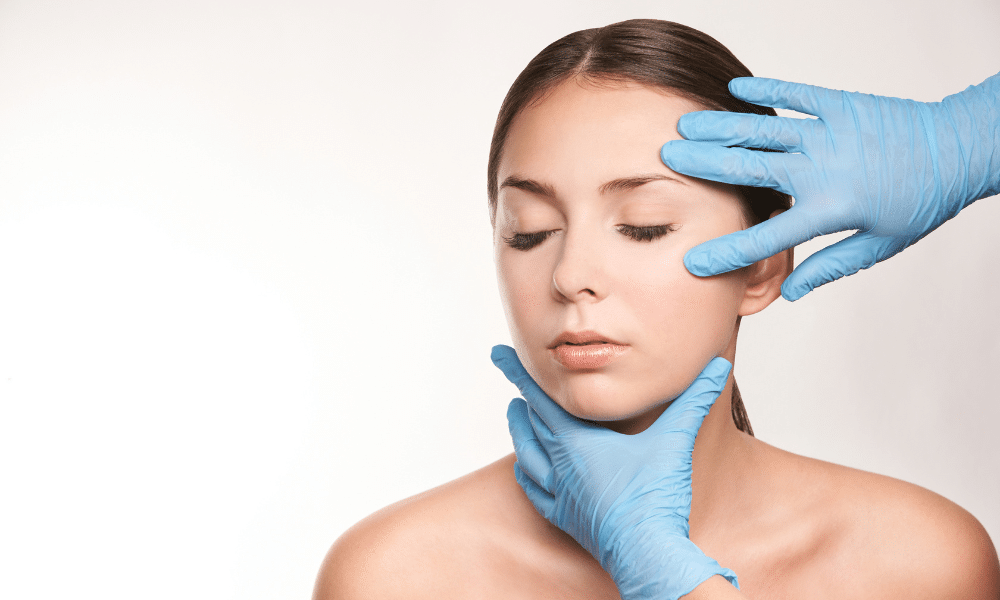
For reasons due to ageing, people in their mid-30s and 40s are perfect for the procedure. Similar to other surgical procedures, those at an advanced age are at greater risk of surgical complications.
Will I Have Permanent Scarring?
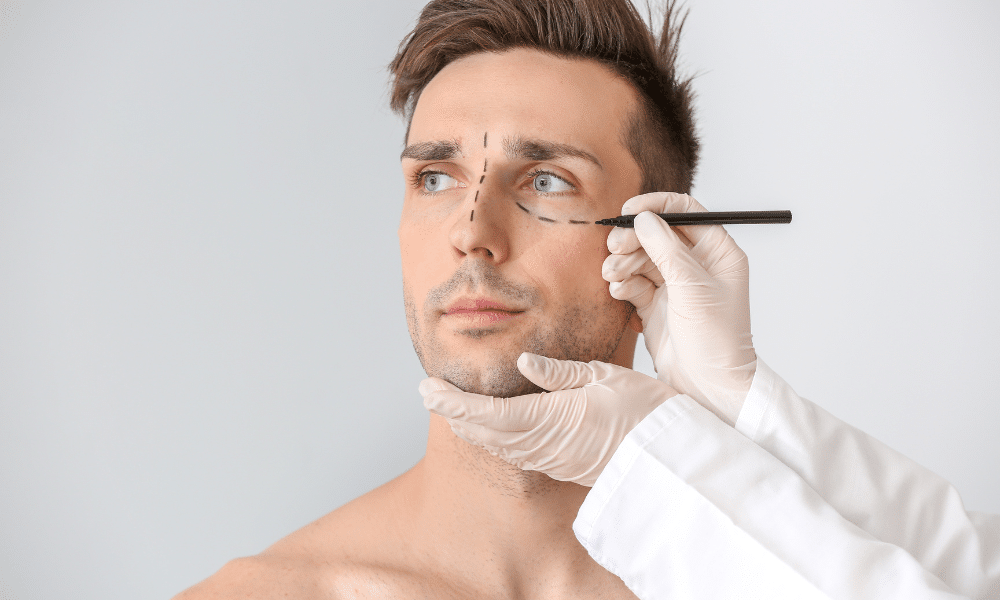
Most incisions are made inside your eyelids, so you can expect little to no visible scars once you’ve fully recovered.
However, there are several factors that can produce scarring after the procedure. Your surgeon’s techniques and maneuvers during surgery may require external incisions, but they are generally done on your natural creases to hide visible effects. Your genetics and obedience to aftercare procedures may also affect scarring.
How Long After Blepharoplasty Do You See Results?

While there may be mild swelling from the delicate tissues around your eyes, the improved effects of the younger, fresher, and well-rested eyes you are after are very apparent by this time.
Will I Need More Surgery Later?
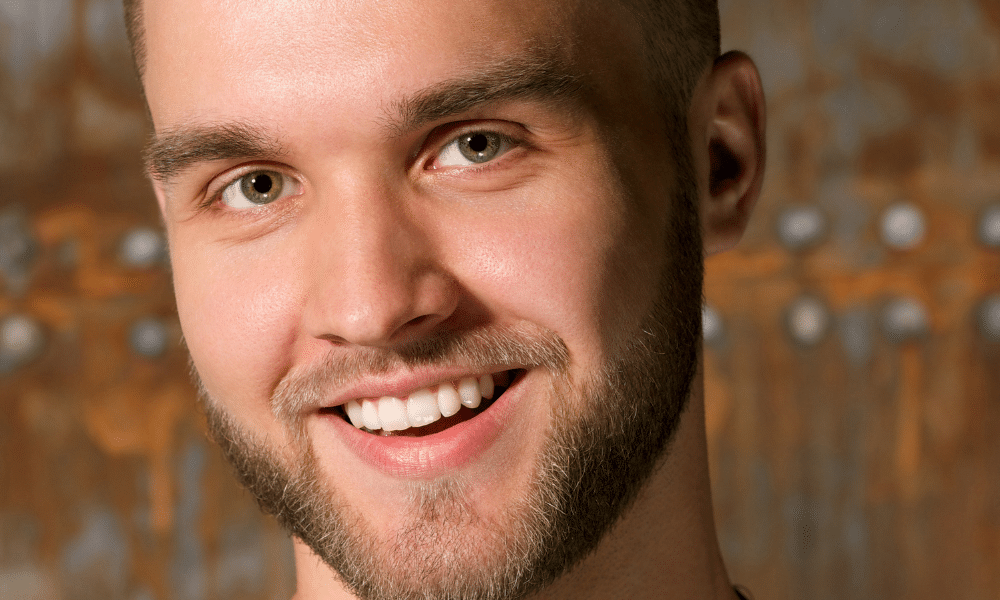
The procedure doesn’t stop your eyes from ageing, but its improvements are almost permanent and don’t need to be repeated in general cases.
You may consider alternative cosmetic procedures if parts around your eyes need additional treatment.
Contact Dr. Julian De Silva
Are you looking for an experienced surgeon specialising in eyelid surgery? Do you want to see a final result that matches your goals? Contact us for a consultation now!
You may also visit my Harley Street Clinic at 23 Harley St, London W1G 9QN, UK.


